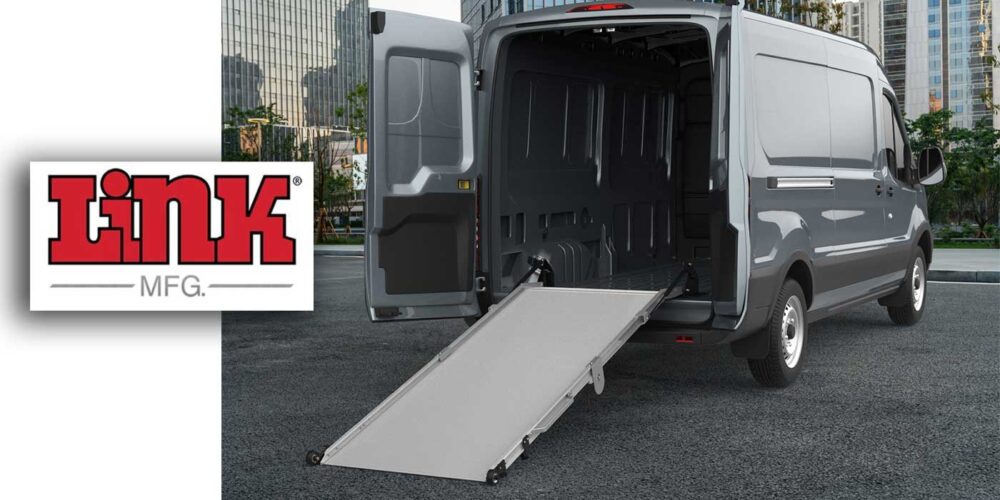The biggest engine, the most powerful brakes, and the mostsophisticated suspension systems are only as good as the power they transfer tothe pavement. Tires are the sole connection through which all of these essentialforces are directed. That’s taken for granted until there’s a brake skid, thevehicle fails to negotiate a curve, or becomes stuck. This is the main reasonwhy over-the-road truck tires are now axle specific. For the most part, tirecasings are essentially the same for steer, drive and trail designs. The treadpatterns, tread depth (therefore tire weight), and sometimes even tread rubbercompounds differ by axle to optimize wear and performance. Differing forcetransfer requirements are the reason why drive tires wear much faster on single-drive versus tandem-drive tractors, steer tires wearfaster on tandem-axle drivelines versus single drives.
Truck tire performance has always been influenced by brakesystem design, vehicle configuration and service conditions. For example,trailer brakes often have worn faster on trailers pulled by tractors havingseparate trailer brake controls, especially those driven by cost consciousoperators. Excessive engine brake use tends to increase drive tire wear, since thetires on steer and trail axles don’t contribute in transferring any retardingforce. Prior to the introduction of ABS, steer axle brakes were generallyundersized, because it was believed that it would be preferable to maintainsteering control in an emergency braking situation rather than risk the loss oflateral (steering) traction caused by a skidding front tire. Some fleets wentso far as to delete or disconnect steer axle brakes entirely. This practiceended several decades ago. While working brakes on steer axles are now requiredby federal regulation, the practice of having smaller brakes up front hasgenerally continued. This is curiously at odds with passenger cars and lighttrucks, where larger front brakes take advantage of the forward weight shiftduring deceleration to reduce stopping distances.
The National Highway Traffic Safety Administration has beenworking on a rule to reduce stopping distances of medium- and heavy-dutyon-highway trucks, although dates for the final regulation and effective timingfor manufacturers have not been published. Reductions of 25% to 30% stoppingdistances are expected. This will require changes in foundation brakes, andmanufacturers are reluctant to predict details until the final requirements areconfirmed.
In addition to the primary objective of reducing differencesin emergency stopping distances between trucks and the smaller vehicles withwhich they share the highways, the outcome may well contain a silver liningbecause the changes will also affect tire wear.
Greater braking forces transferred through steer tires willincrease overall wear. However, the greater the force magnitude transferredthrough the tire footprint, the better the tire will be able to resistirregular wear pattern development. Therefore, tire manufacturers may have somelatitude in future tread deign and compounding to extend take-off mileagesand/or fuel efficiency. Also, increased steer axle brake effort should reducedeceleration wear of drive and trail tires, unless, of course, drivers chooseto use the newfound braking to brake more aggressively. Therefore, someeducation/training may be advised.
While none of these changes is expected to be major,fleets should remain alert for the finalization of the new stopping distancerequirements. Once published, they should review options for fine tuning tireand driver education programs to assure the lowest possible operating costsconsistent with the improved safety expected.













